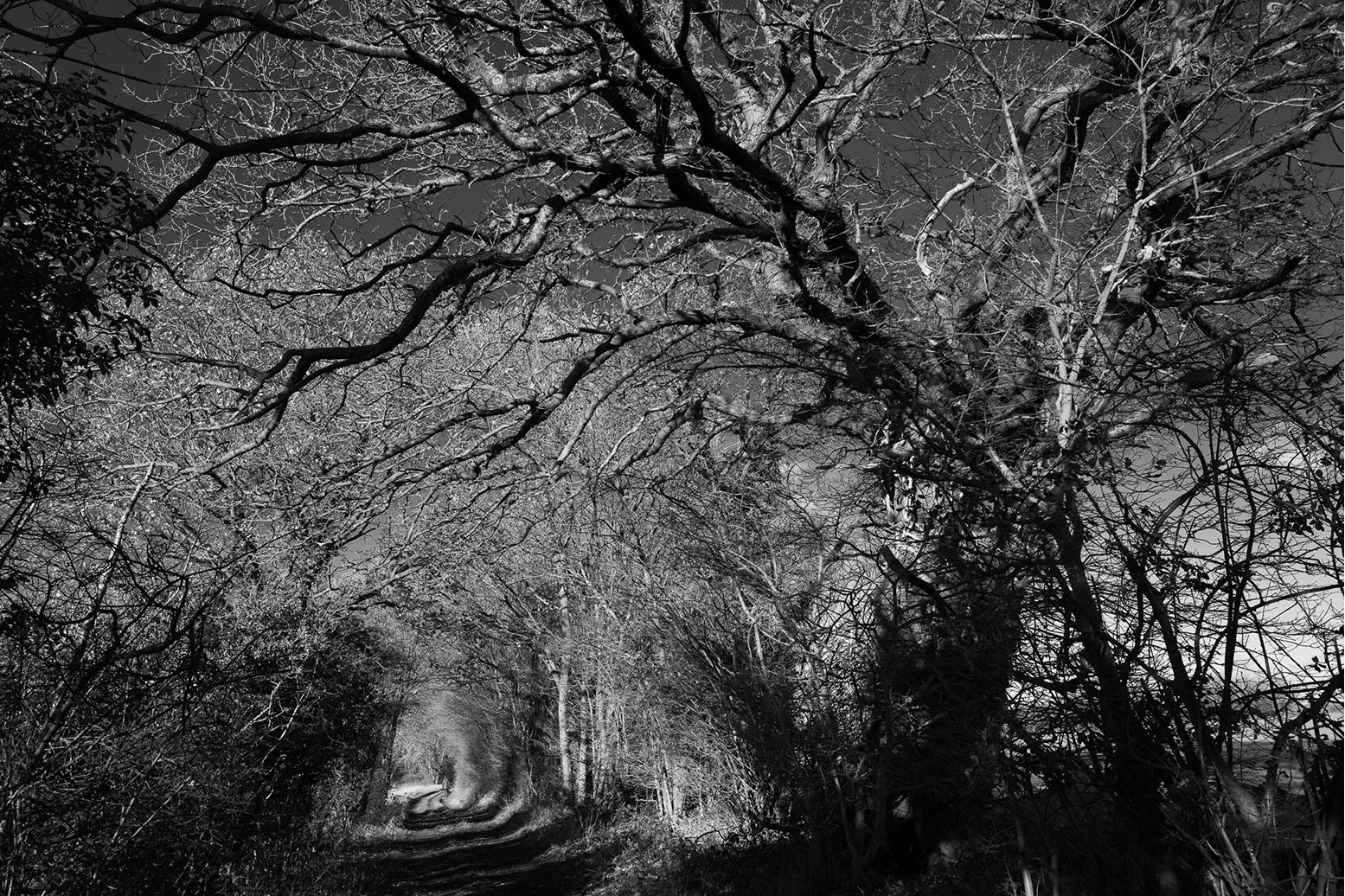
The Leica Q2
Introduction
The original Leica Q arrived just in time for Christmas in 2014, it was a real surprise and has proved to be a well deserved success for Leica. My article on the camera “Hemingway - the Leica Q” was published when it was launched on June 10th 2015,.
At the time of release we were on an exciting trip to China; our son having arranged a varied (and challenging) routine. After our return I wrote another article “The Leica Q in China” .
Since the release of the camera there has been lots of internet chatter about more Q cameras with different focal lengths (principally a 35 or 50). But Leica’s attitude was that having a 28mm lens with framelines for 35 and 50 gave maximum flexibility.
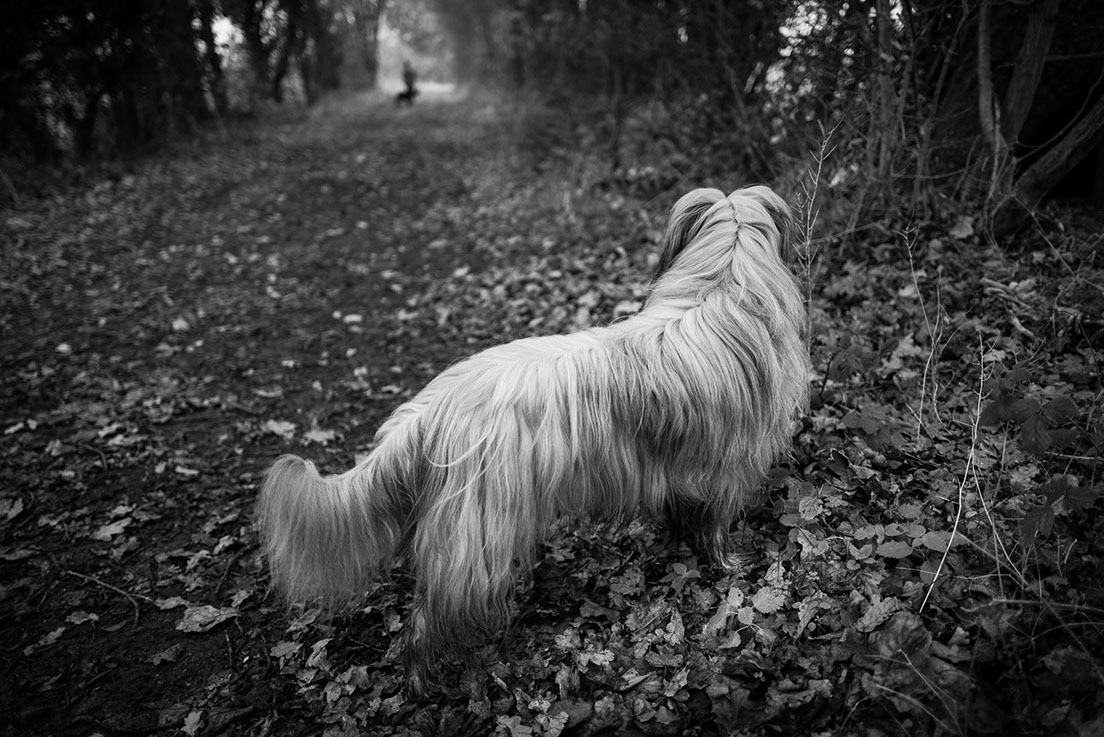
Leaving
ISO 160 LeicaQ2 f1.7 1/50th
I often get asked whether I have purchased the subject of my camera testing, at this point it’s worth mentioning that if I had bought everything I’ve tested I would long since have been bankrupted! In the case of the original Q, although I really enjoyed everything about the camera, for me and my use it had a couple of real drawbacks for use as a travel camera.
First of all the resolution, 24mp at 28mm was fine (my ‘sweet spot’ still), The 35mm crop of 15.4mp was also good for most purposes, but the 50mm crop of 7.5mp was a bit tight for normal use.
Secondly, lots of my photography is in the dreadful English weather - or the beautiful Cretan weather. In one case rain is a real problem (and I can’t be doing with taking cameras in and out of bags all the time). In the other case dust and sweat are just as much of a problem.
So, with regret, on 13th July 2015 I sent my well used Q back to Leica (I wonder what’s happened to it now!).
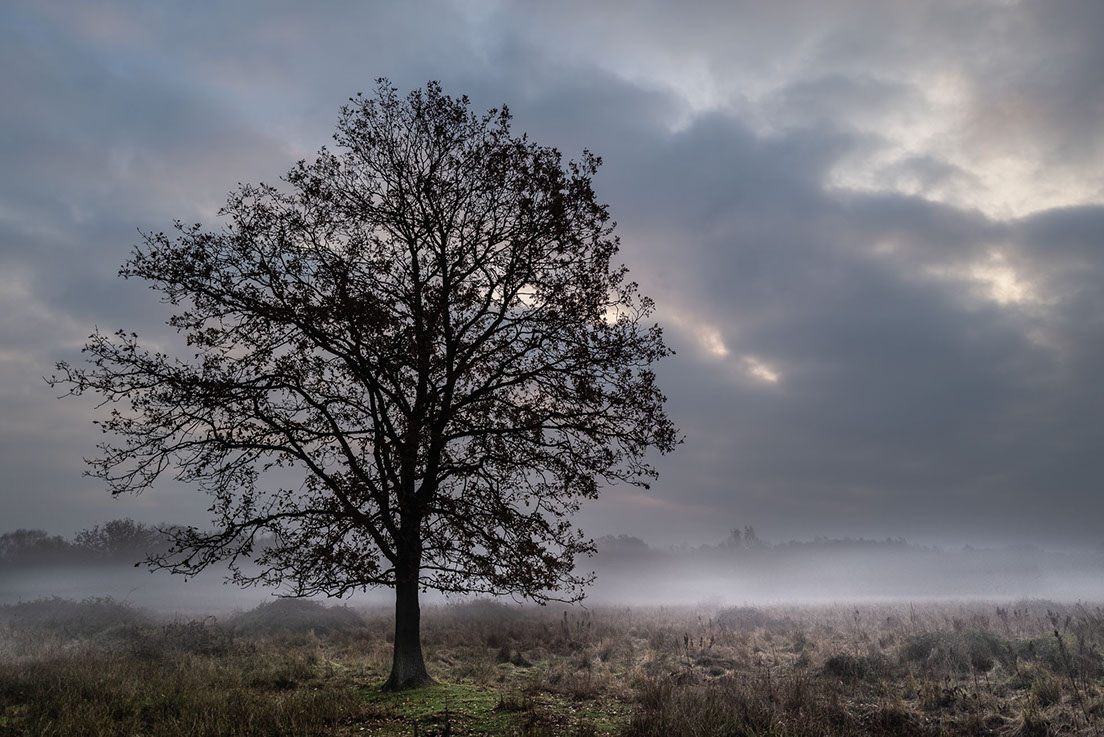
Misty Morning
ISO 100 LeicaQ2 f1.7 1/1000th
Sometime at the end of November 2018 the Q2 arrived on my doorstep, this time it’s going to be a much harder decision to send it back!
At this point it’s worth mentioning that my role with Leica is to test the cameras, not to write reviews of them, and it’s important to understand that this article is not intended to be a critical review. If I find something wrong with a camera, then I tell Leica. Having said that, this article is my work, nobody has suggested what I should write, and I certainly wouldn’t say anything that I don’t believe to be the case or omit anything that seemed to be an issue
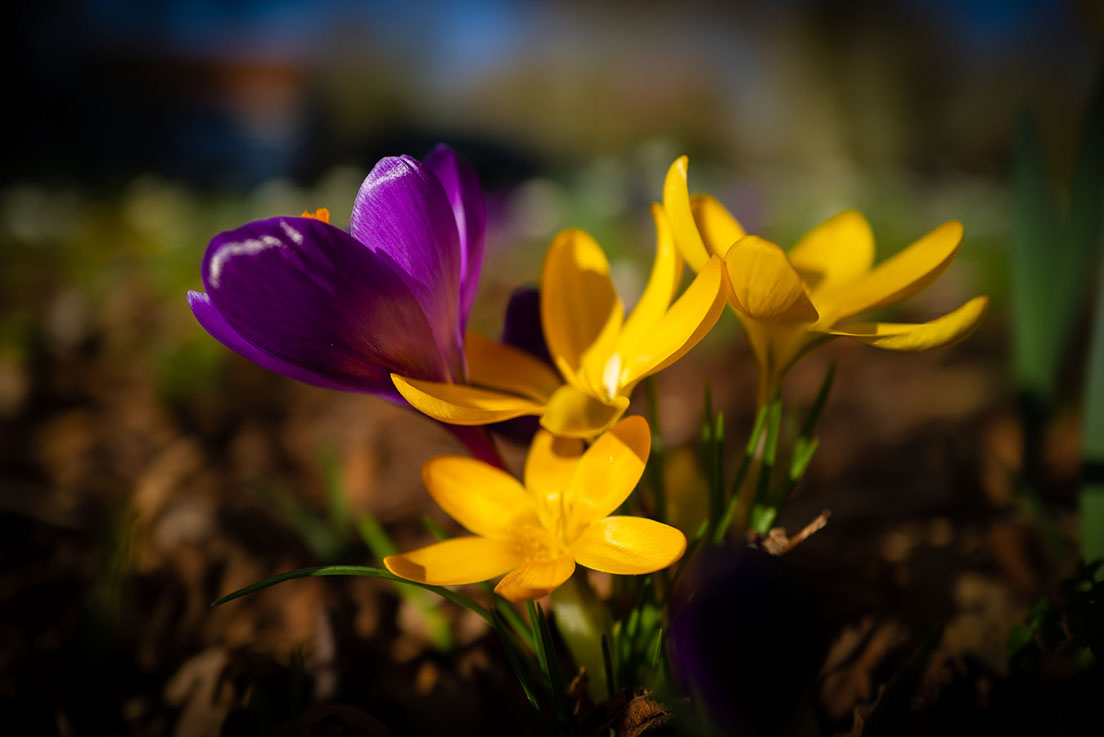
The First Crocus (and the second)
ISO 160 LeicaQ2 f2.8 1/2000th
Basic features of the Q2
- New Full Frame 47mp Image sensor
- Weather sealed dust and splash-proof (you can see I’m doomed!)
- New, faster Maestro family processing engine
- Same Summilux f1.7 28mm Asph lens
- New OLED EVF 3.68mp (same resolution as Q but clearer)
- Extended ISO range from 50-50,000 ISO
- Video Recording C4k24p/4k30p/FHD120p/FHD60p/FHD30p/FHD24p
- Higher speed AF
- Higher capacity battery (the same as the Leica SL)
- Faster top electronic shutter speed (1/40,000th sec)
- New 3 button User Interface (similar to Leica CL)
- Touch screen functionality on the LCD
- Improved digital zoom with framelines for (28),35,50 and 75mm
- Improved Wifi and Bluetooth
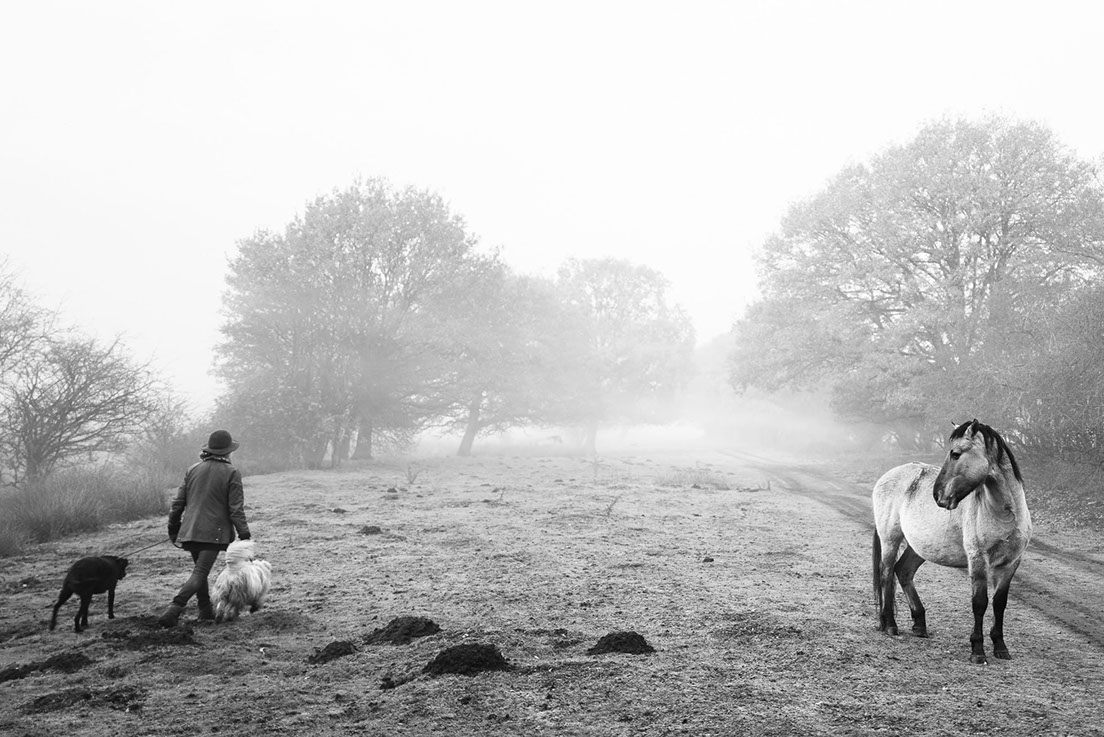
Watching
ISO 100 LeicaQ2 f1.7 1/160th
That’s quite a lot of improvements for what, superficially at least, looks more of a refresh than a replacement.
Everything about the camera has been changed or improved, with the exception of the lens, and it’s easy to argue that the lens was already as good as it needed to be. Whether it’s still good enough for a 47mp sensor is a legitimate question, and I’ll be looking at that later on.

Attitude
ISO 1600 LeicaQ2 f1.7 1/50th
Physical differences.
At first sight the camera looks pretty much identical to the original Q, but there are quite a number of subtle differences.
On the back of the camera the 5 button layout has been replaced by the 3 button layout of the Leica CL. It took me a while to get used to this, but I’m now firmly of the belief that Leica have got it right and found an interface which they can use over a number of different cameras. It’s something I’ve been asking and hoping for for a long time.
The three buttons are:
- Play
- Fn
- Menu
The 4 way switch is the same as the one on the Q. I suppose I’d have preferred to have a ‘joy stick’, but this does work okay.
The Zoom Lock/digital zoom button is also the same as that on the Q
On the front of the camera and on the lens, all is as it was with the Q.
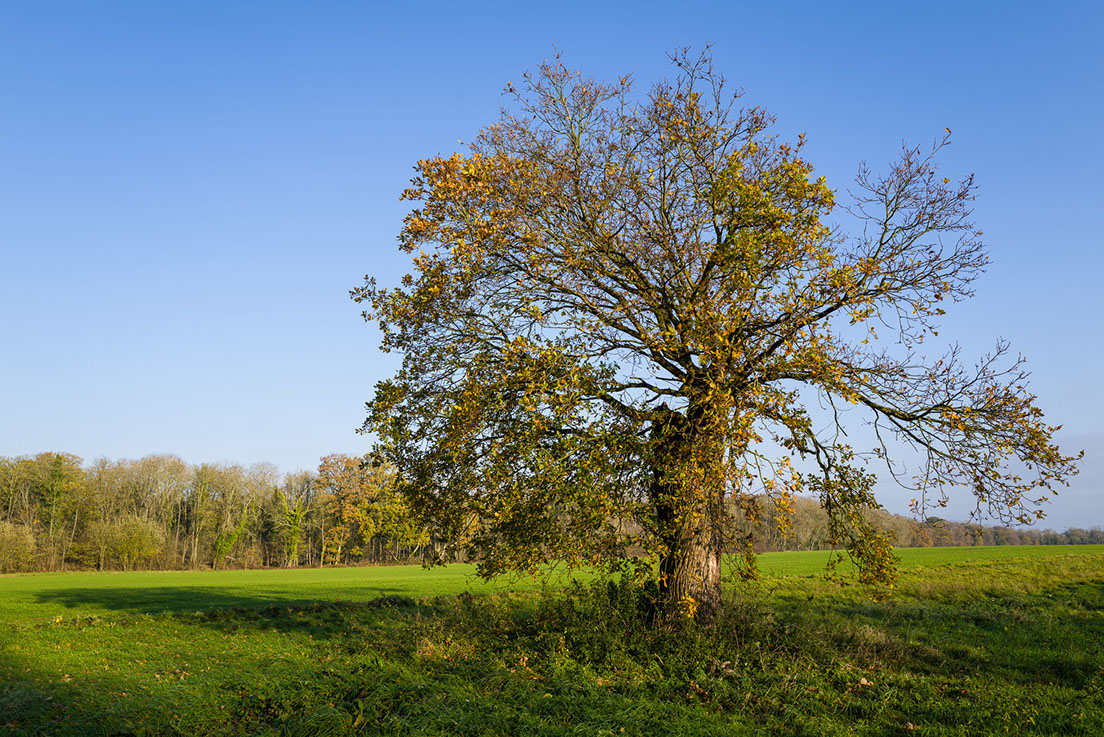
Autumn
ISO 100 Leica Q2 f5 1/60th
On the top of the camera there are a couple of changes. As with the M10 and the CL, the on/off switch no longer has the drive mode switching (single / continuous), although it is still a collar around the shutter release button, which is now squared off, like a black version of the button on the CL, I much prefer this.
The dial is embedded in the top plate like the Q, but now has a large central button which acts as a second function button (more about this in the interface section). It has replaced the red video button in the original Q.
The base of the camera has changed as well :
Whereas the Q had a single opening door with battery and SD card access the Q has replaced this with two openings. One is a battery compartment which works like the SL: when the battery is inserted it forms part of the base plate, with a rubber O ring to keep the moisture out. The SD card door needs to be pushed to one side to pop it open. The whole thing seems very solid and well designed.
The finish of the original camera was excellent and the new one seems to be just the same. I’ve been using it for over 3 months in rain and shine (not too much shine, but plenty of rain!). Certainly it’s seen much more rain than it would have done if it had been my own camera and there has been absolutely no sign of problems or water ingress.
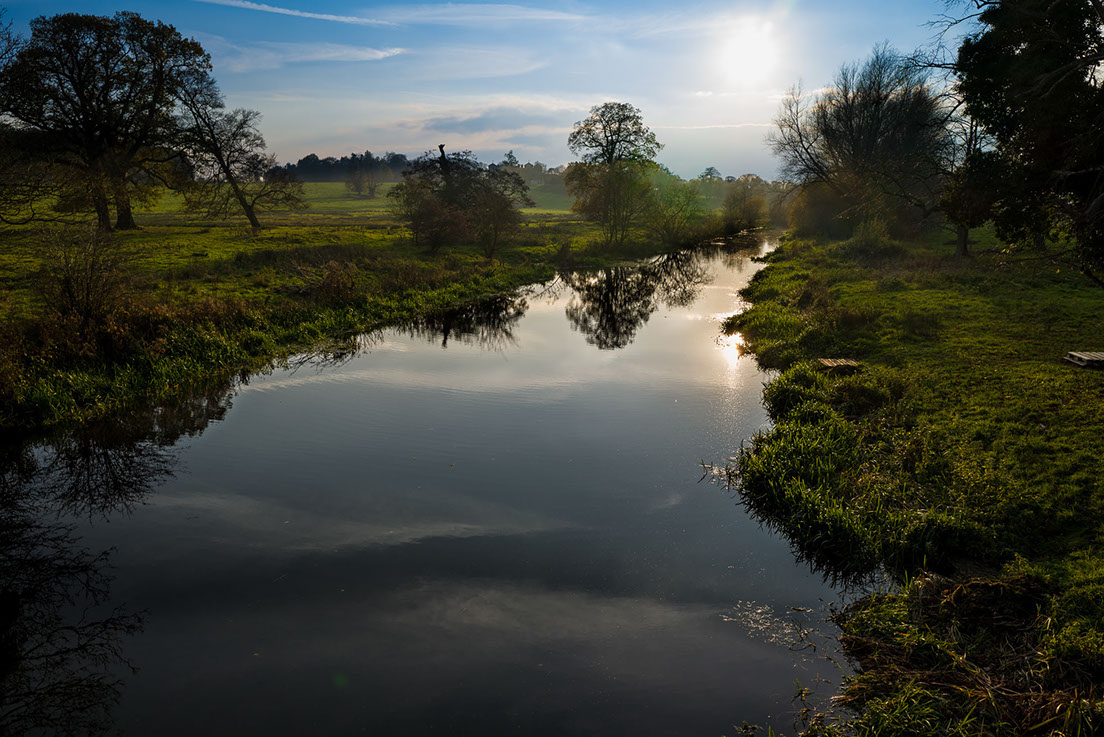
Carleton Forehoe
ISO 100 LeicaQ2 f8 1/320th
Battery Life
Officially battery life (CIPA) is 350 photos which doesn’t sound very impressive, I didn’t check this out, but I found that it easily lasted a day with normal shooting. It’s also great that it uses the same batteries as the SL. (at least, it’s also great if you also shoot with an SL!)
The Interface
Leica seem to have worked hard to get the interface for their different cameras into line. This has been an evolutionary process, but now they seem to have arrived.
The S and SL began the move to customisable buttons and the long press /short press distinction together with the introduction of the Favourites Menu. Whilst the first example of the 3 button layout occurred on the M10. This was slightly refined and rationalised for the CL (and the buttons moved around) The interface on the Q2 is nearly identical to the one on the CL. So much so that you can duplicate favourites and user profiles on the two cameras (which I really like). It would be even nicer if you could transfer profiles between the cameras.
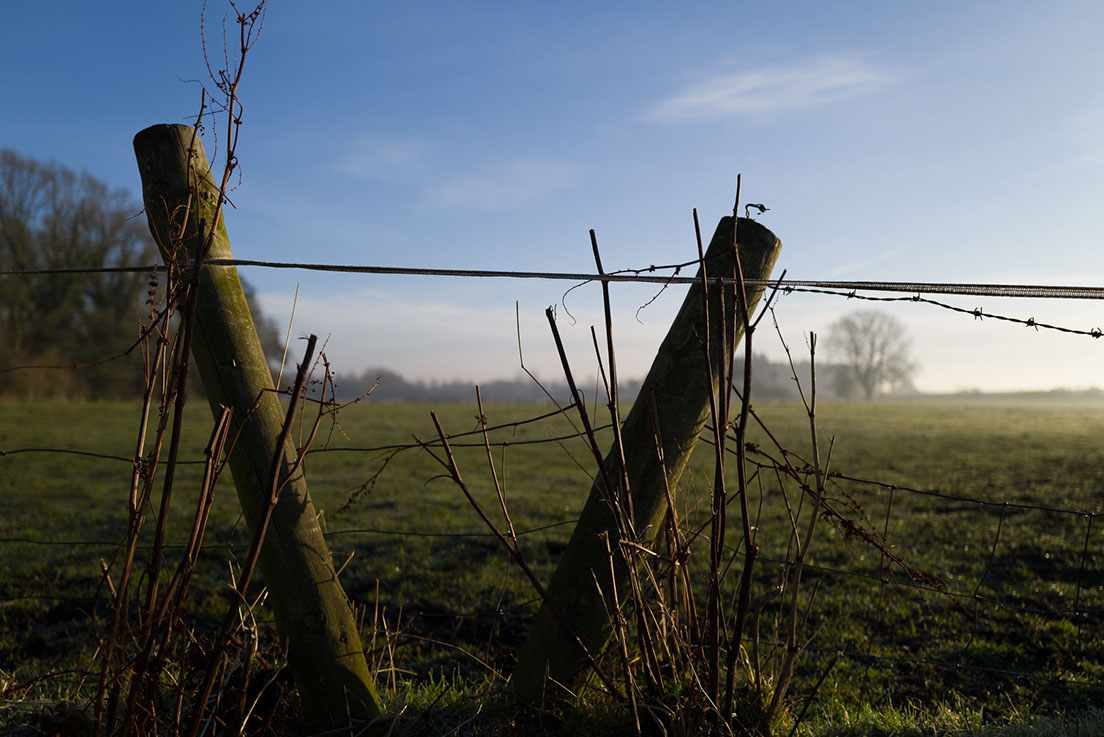
Morning Post
ISO 100 LeicaQ2 f2.5 1/2000th
The Play button
This is just what you would expect, press it and the image you last took is displayed. Where it is displayed depends on the EVF-LCD setting in the menu, the options are:
- LCD
- Auto
- EVF Extended
- EVF
The Auto option relies on an eye sensor in the viewfinder. EVF Extended means that when shooting one is confined to the EVF, but with the Play or Menu button the image / menu come up on the LCD unless you have your eye to the viewfinder. LCD means that everything is directed to the LCD and EVF means that everything is directed to the EVF.
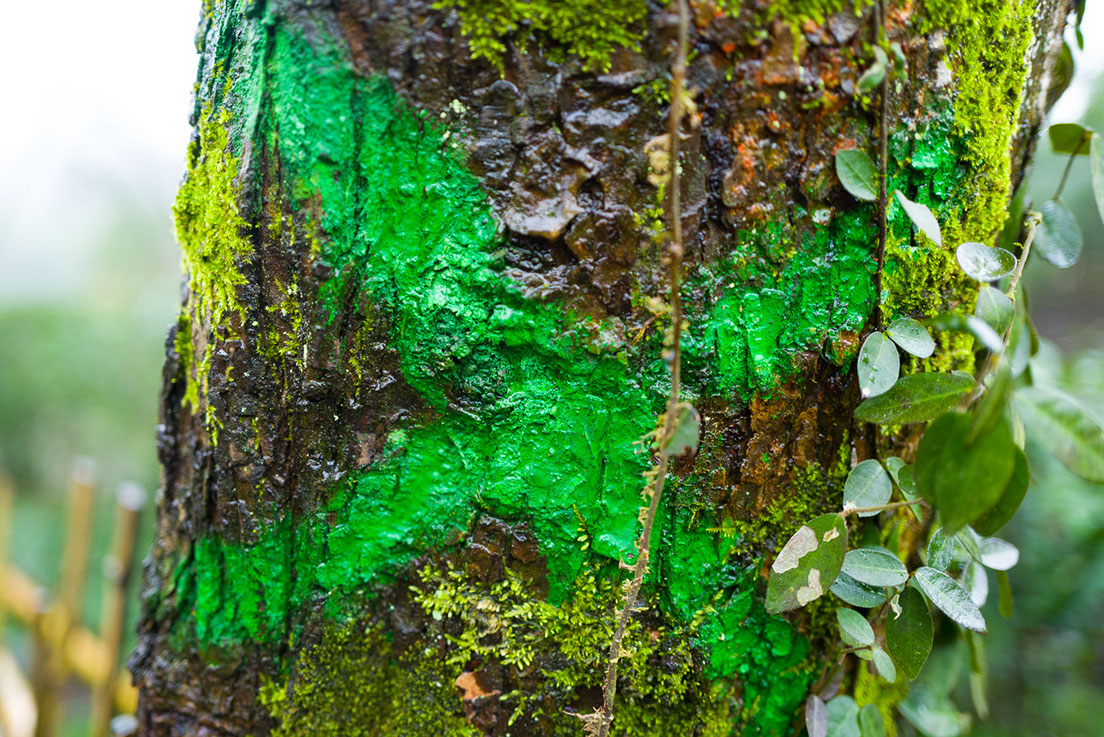
X
ISO 800 LeicaQ2 f1.7 1/50th
The Fn button (and the button on the dial on the top plate)
Once again, this works the same way as the CL. A short press brings up the assigned / last used function, a long press brings up the list of functions assigned to the button. This is straightforward in use, but also allows a lot of customisation. (you can configure the list of functions in the Customise section in the menu).
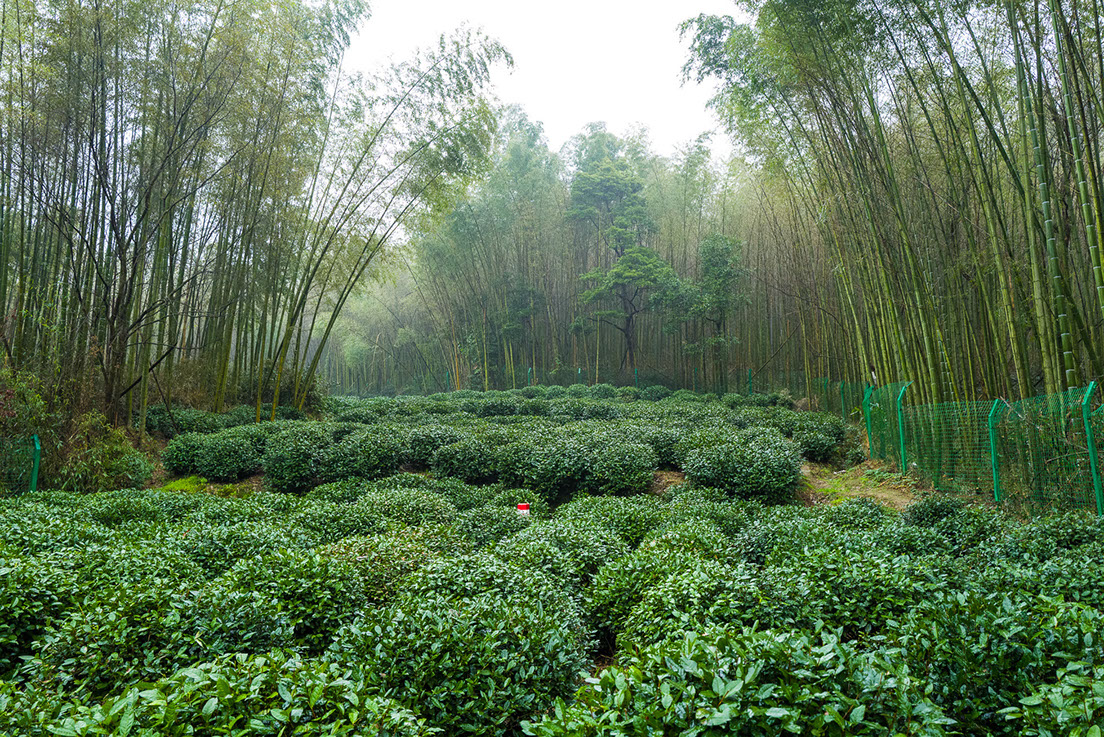
Longjing Tea
ISO 2000 LeicaQ2 f5.6 1/50th
The Menu Button
The menu button brings up the favorites menu which can be configured in the Customise option in the Main Menu. It’s possible to have 15 options (two screens full), in practice I found it better to have 7 options (which fits on a single screen). The last option is always Main Menu, and this can’t be changed (quite right too).
Pressing the Menu button twice brings up the main menu. This is organised into 5 pages (no menu bloat here). Each further press of the menu button takes you to the next page.
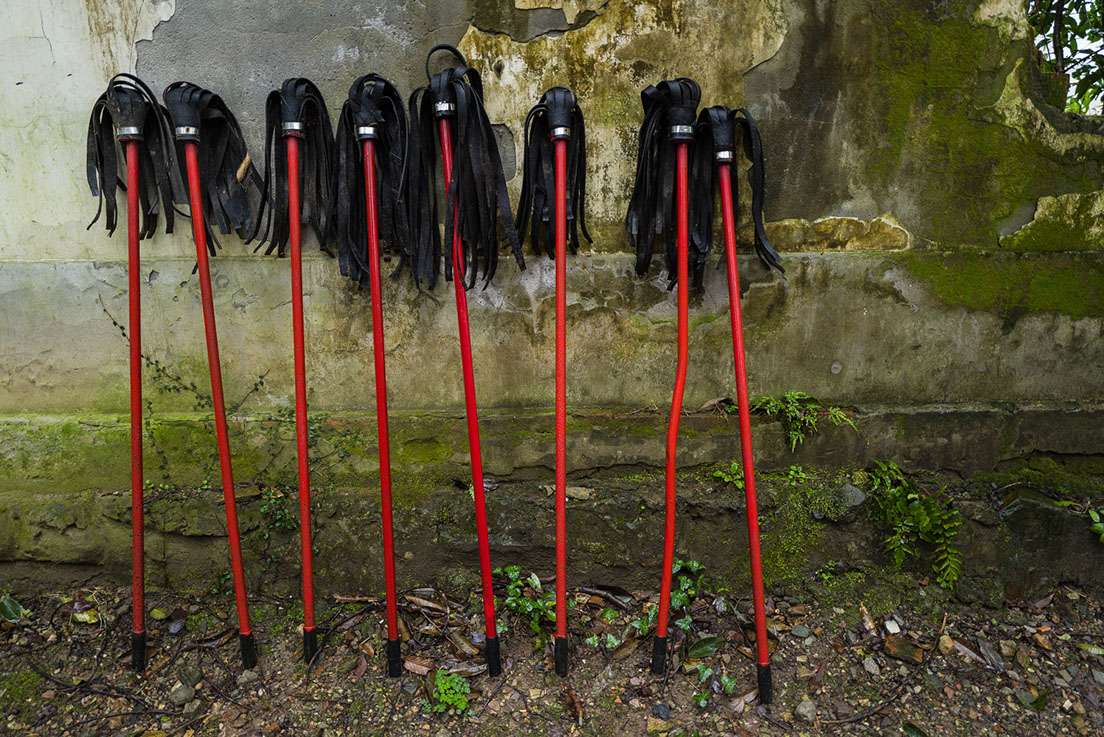
Fire Mop Conference
ISO 500 LeicaQ2 f5.6 1/50th
The Four Way Controller
This works as it did in the Q - you use the arrow keys to move through the menu options and the central button to select.
When you are shooting the arrow keys will move the static focus point, and the central button toggles between:
- No Information
- Bottom line of information
- Bottom and top lines of information
- Video mode (ouch!)
- No information (etc)
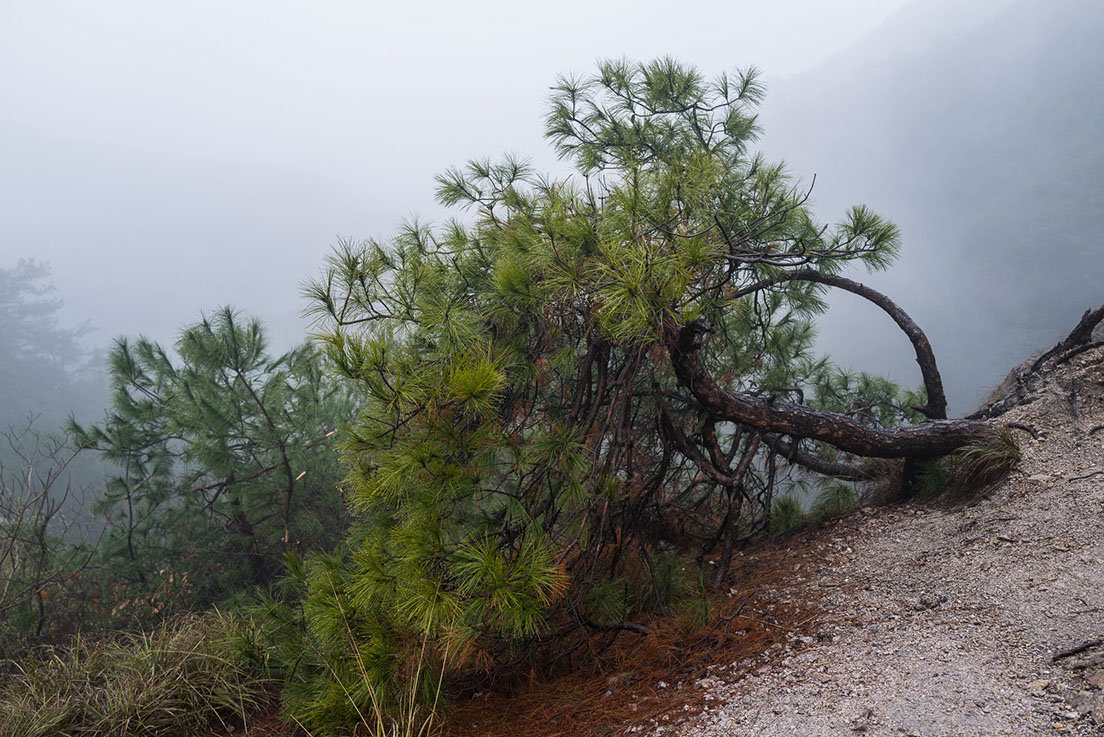
Hanging on in the Mist
ISO 100 LeicaQ2 f3.2 1/80th
Bottom line of information:
- PASM
- ISO setting (auto / ISO)
- Actual ISO
- F stop
- Exposure compensation
- Exposure time
- Number of shots left
Top Line of information
- MF/AF mode
- White Balance
- DNG/Jpg
- Exposure Mode
- Drive Mode
- Film Style
- Image Stabilisation status (on / off / auto)
- Remaining Battery Life
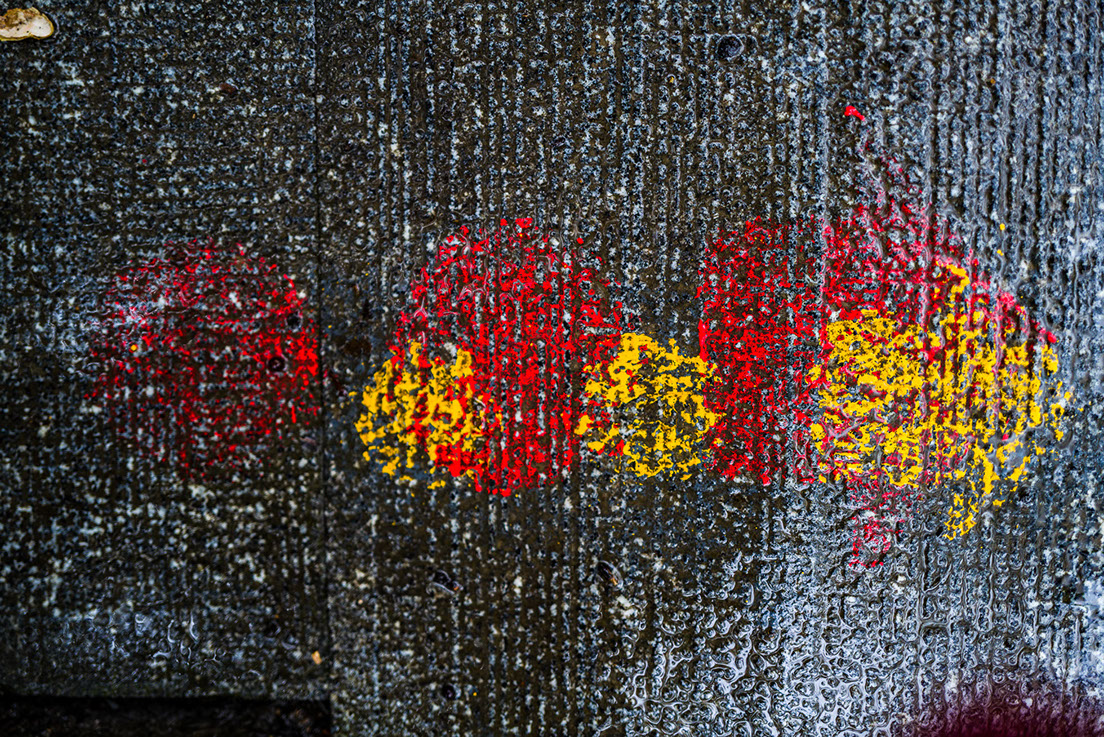
Red and Yellow
ISO 125 Leica Q2 f1.7 1/50th
I’m really not happy with video mode being in the cycle of the central button. On more than one occasion I thought I had taken a picture whereas instead I had started shooting a video. I would have thought it was much more sensible to be able to assign video to one of the function buttons, but that doesn’t seem to be a possibility. I’m hoping this will be modified later in the firmware.
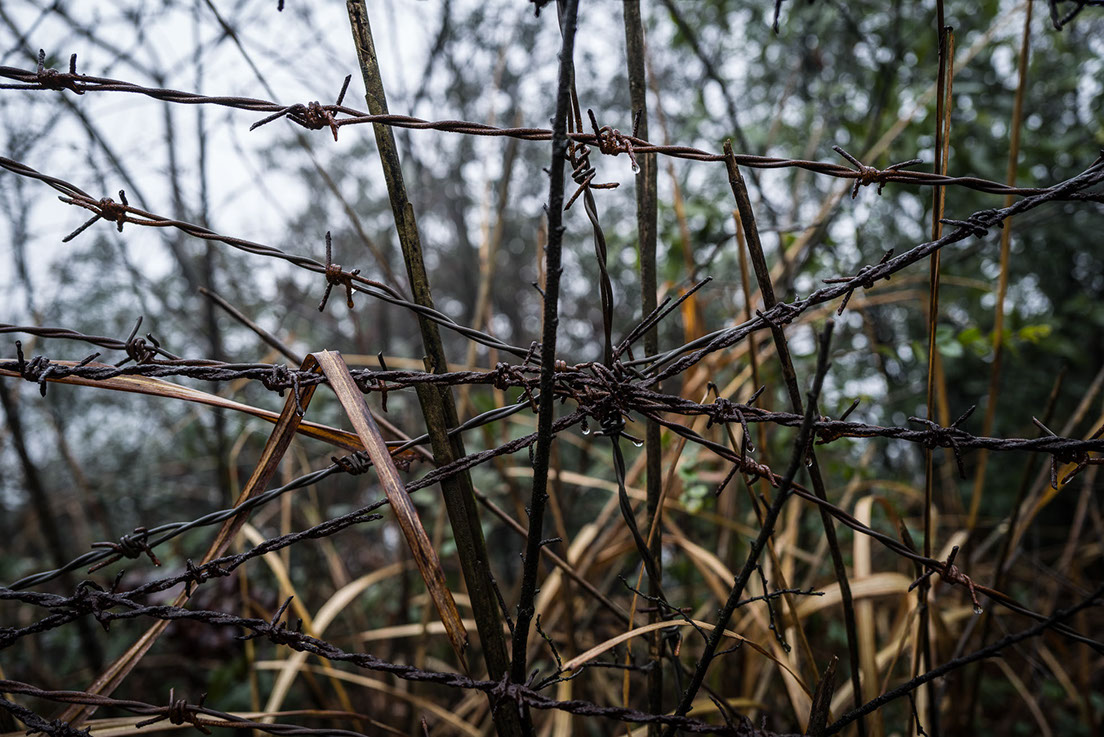
Not This Way
ISO 100 Leica Q2 f3.2 1/80th
The Zoom / Lock - button (on the back of the camera next to the thumb indentation) can be assigned to
- Digital Zoom
- AEL / AFL
- AEL
- AFL
This is okay, but it might be good if these functions could also be assigned to the other function buttons (and other functions assigned to this button).
However, there are two problems. Firstly you cannot assign AFL (Focus Lock) or AEL (Exposure Lock) to the button and then disable it from the shutter release button. It doesn’t worry me, but many people like to shoot like this.
Correction (March 9th) Thanks to Gotium on the Leica User Forum for pointing out that in fact, if you choose AFL for the zoom lock button then focusing is disabled from the shutter release (as long as you keep pressing the zoom lock). Same goes for AEL. if you choose AEL/AFL then the release button just takes the picture.
Secondly If you press the AFL button to focus (or AEL button to lock exposure) you must keep it held down until you have pressed the shutter.
What would be really nice is to have a hold / toggle option in the menu for this. So that the value was saved until you pressed the button again. Many other cameras have this feature, and it is extremely useful.
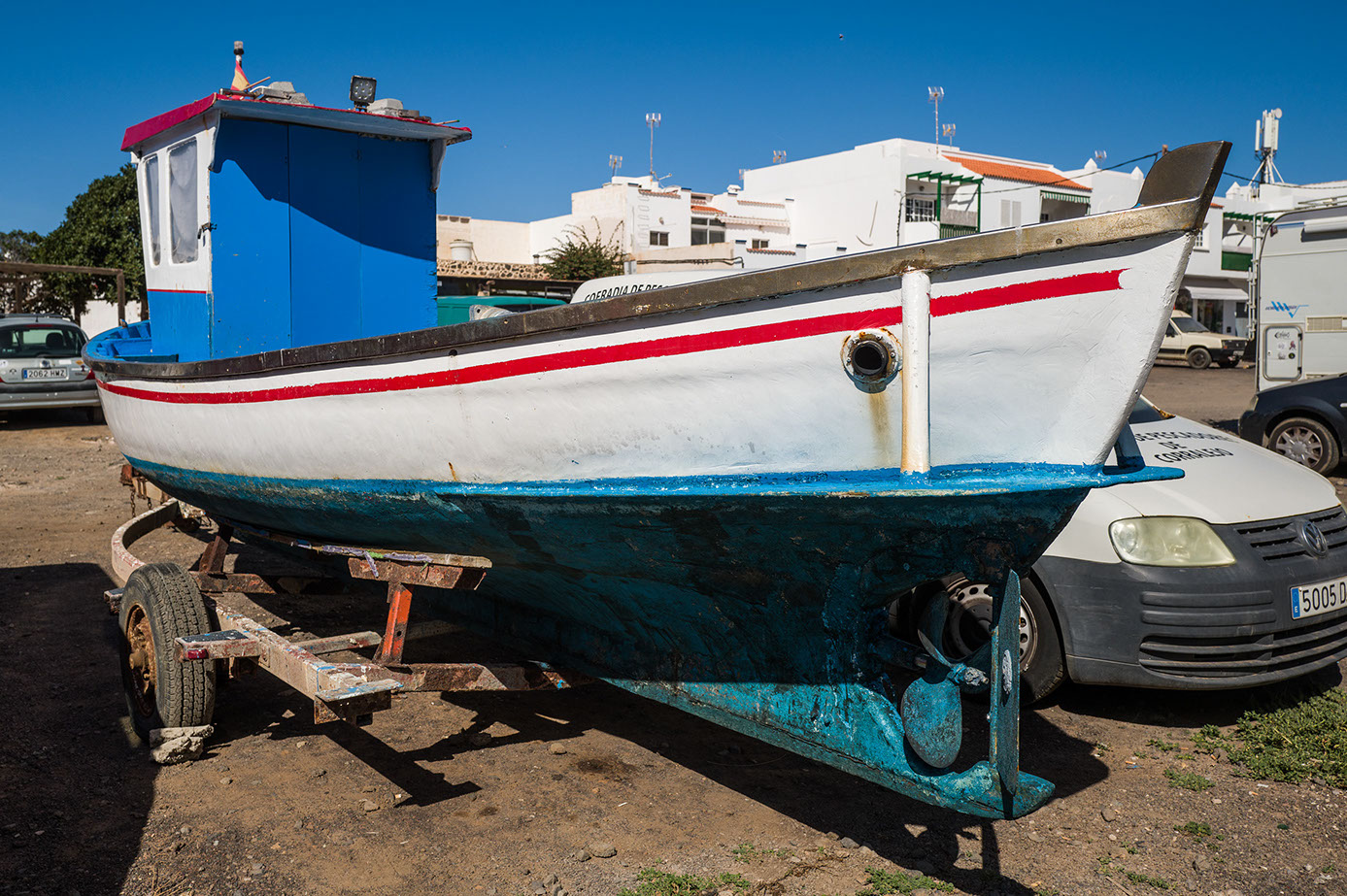
RgB
ISO 160 Leica Q2 f1.7 1/50th
The Right hand Dial and 2nd function button
The right hand dial is embedded in the top plate the same was as it is on the Q, with a central button acting as a second function button (instead of the video button on the Q). This works like the right hand dial on the Leica CL.
The dial has been moved round the camera slightly and I found it a stretch with my right hand (but I have rather small hands). I’m not sure what the logic for this was, but it’s only a minor irritation.
The new function button on the other hand is great - easy to reach and very useful..
The On-Off switch
Some people will miss the on-off switch doubling as a drive mode switch, but you can easily put drive mode onto first press on one of the function buttons, and it does stop one making the mistake of going into continuous mode inadvertently.
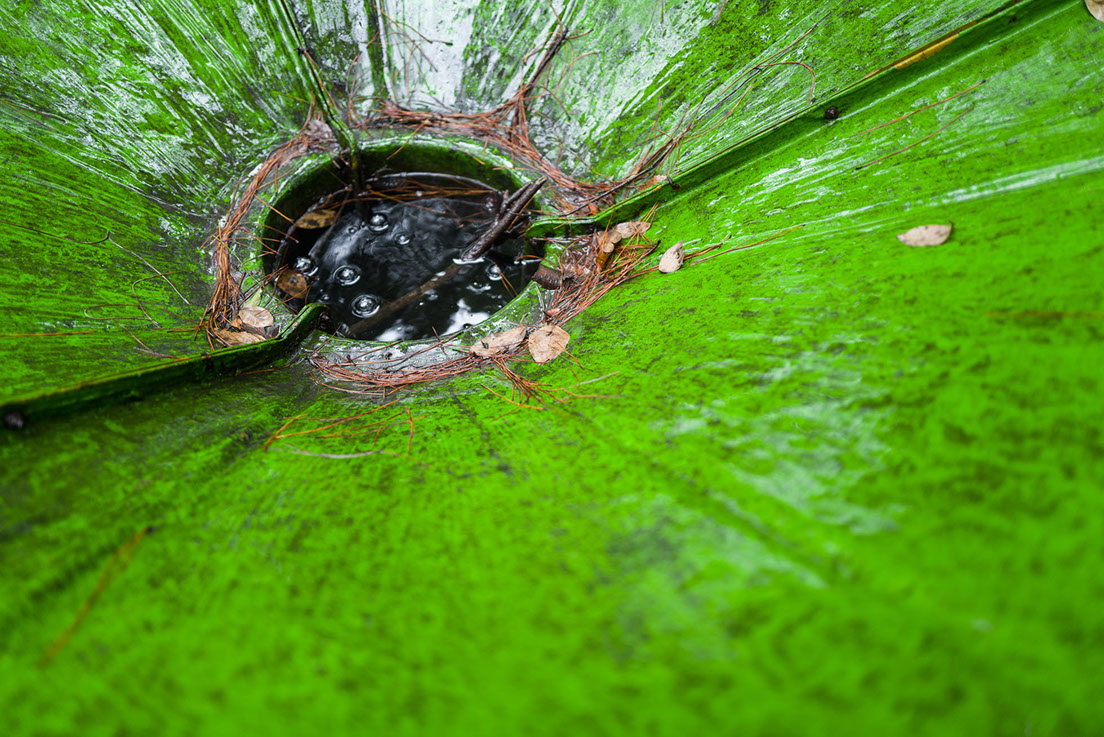
rGb
ISO 400 Leica Q2 f1.7 1/50th
Touch Screen LCD
This is pretty much the standard for Leica now - it’s not usable in the menus, in shooting mode there is touch focusing for static focus point and this works reasonably well, In Play mode the normal gestures work accurately and as you would expect.
Handling & Ergonomics
The basic controls are identical to the Q, i.e. the aperture, shutter speed and focus controls on the lens and body. The macro mode works the same way, delightfully bringing up a different distance scale for the manual focusing as you move to macro mode (this is so very sexy!).
The shutter speed dial is the same, with 1+ to 2000 second and A(uto) mode for the leaf shutter in the lens. Electronic shutter speeds up to 1/40,000 are available as well (a great improvement on the 1/16000 of the Q).
The Right dial can be set to:
- Off
- Auto (works differently in PASM and is slightly confusing)
- Exposure Compensation
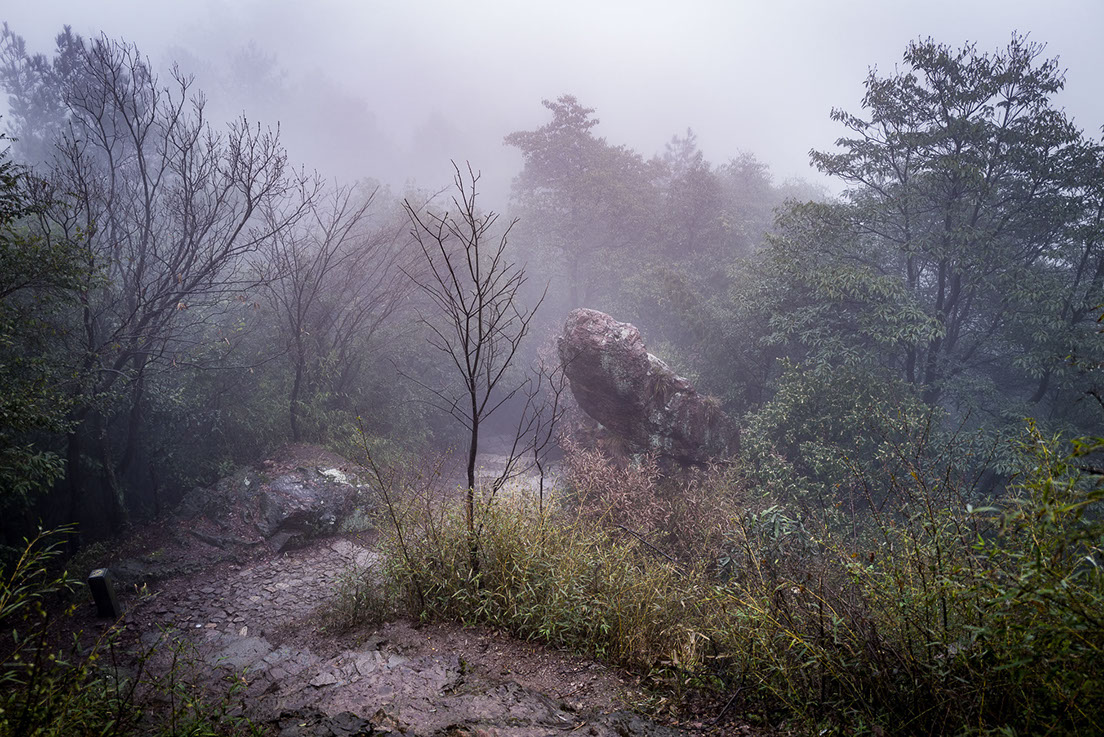
Up and down in the mist
ISO 100 Leica Q2 f2.5 1/50th
The Digital Zoom
Digital zoom is something of a dirty word in the photography industry, probably from the days when small megapixel cameras offered gravelly shots at apparently extended focal length.
I think it’s a bit different with the Q, partly because the base resolution is so high, and partly because the implementation is so good, and so consistent with the Leica rangefinder.
This hasn’t changed in principle since the Q, but it has suddenly become a whole lot more useful with the extra resolution.
Implementation of crop mode or digital zoom in other cameras usually involves the EVF / LCD zooming in, with the Q2 you can change between 4 focal lengths using the zoom / Lock-button. Choosing a longer focal length simply puts framelines in the display showing what you are going to get.
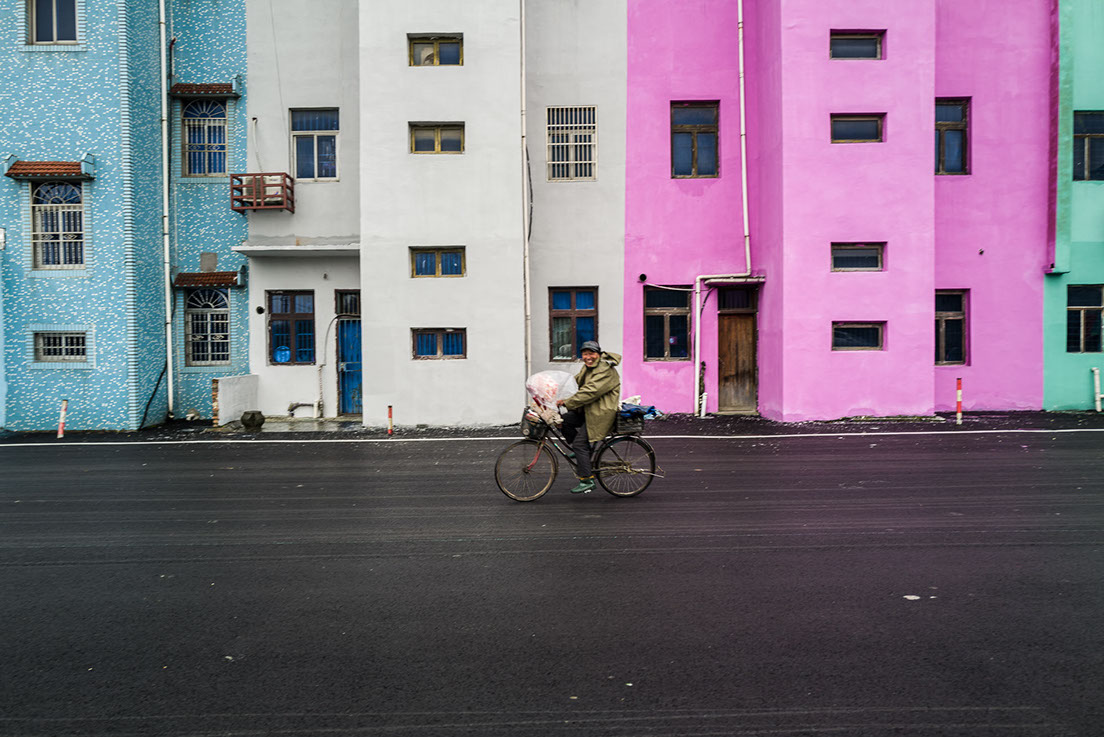
Hi There (and camera shake)
ISO 100 Leica Q2 f2.8 1/60th
If you shoot JPG files then that is exactly what you do get. If you shoot DNG then the image is not actually cropped. However you use Lightroom CC or Classic, then the DNG file appears in cropped form (you can use the crop tool to change or remove the cropping in post processing).
The four digital zoom modes are: (addition thanks to John Kot in dPreview for calculating effective aperture)
- 28mm 8368 x 5584 47mp . effective aperture f1.7
- 35mm 6704 x 4472 30mp . effective aperture f2
- 50mm 4688 x 3128 14.6mp effective aperture f2.8
- 75mm 3136 x 2096 6.6mp . effective aperture f4.6
I think this is a great feature, and with the increased resolution of the Q2 it makes the 50mm crop zone perfectly usable and the 75mm okay at a pinch (especially as the lens is so sharp).
Of course, it doesn’t actually turn the lens into a different focal length, but the aspect ratio of the resulting image is exactly the same. What you lose is the depth of field relating to the cropped focal length. Basically this will always be the same as that of a 28mm f1.7, so it’s harder to use bokeh to isolate the subject.
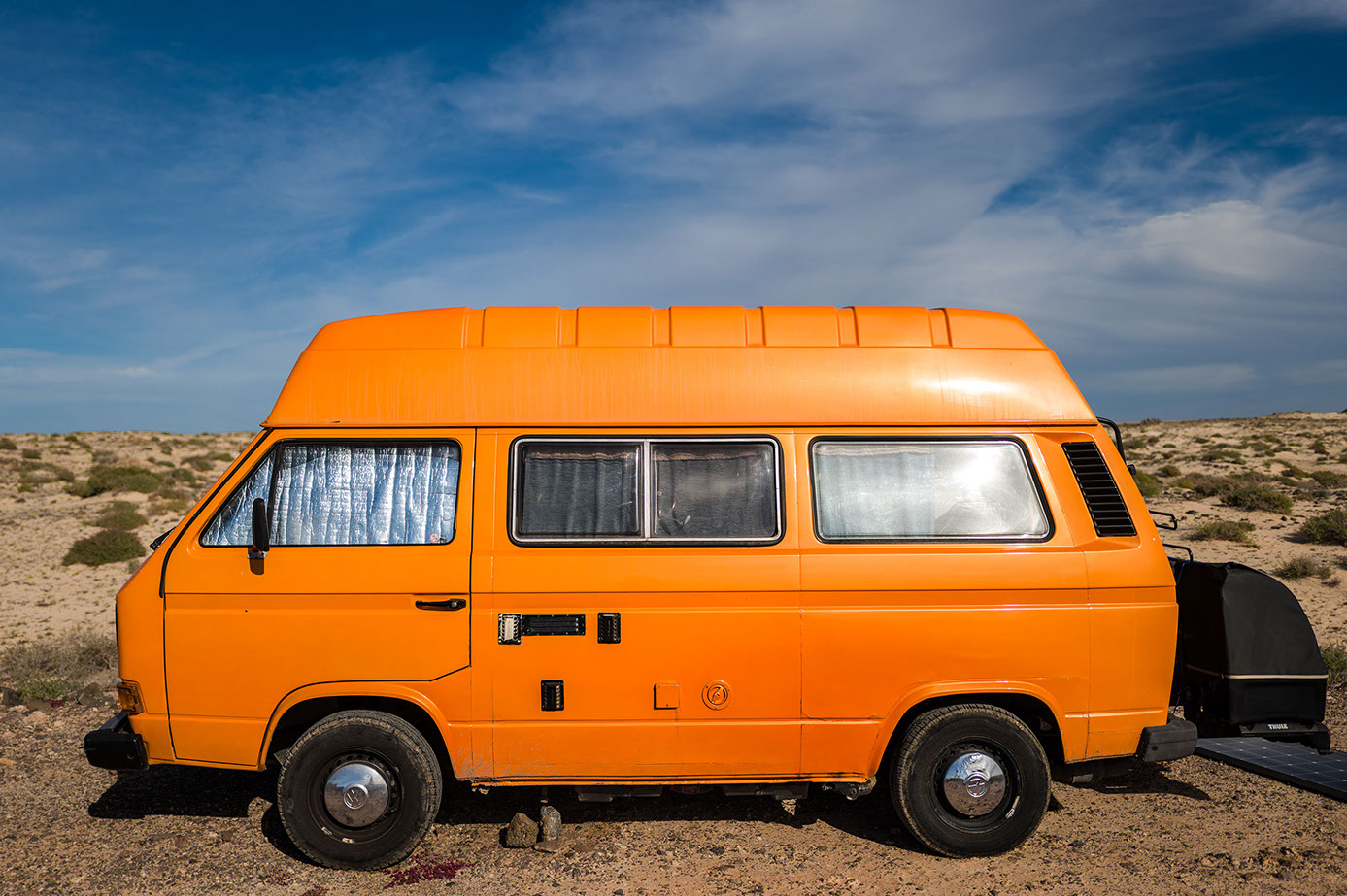
Mystery
ISO 100 Leica Q2 f2.8 1/60th
User Profiles
I have talked to lots of people about the User Profiles, but very few people seem to use them; I think they are just great.
Like the CL the Q2 has 6 user configurable profiles (plus Default), you can rename them sensibly, and they will save pretty much everything except time and date. The Q is slightly more limited, as you can’t save information which is on physical dials (Aperture, Shutter Speed, PASM mode).
Generally speaking I have 4 different modes which I use regularly with different settings for white balance / focus mode / Auto ISO settings / Exposure metering mode.
Daylight
For shooting outside in the daytime
Nighttime
For shooting in Artificial light
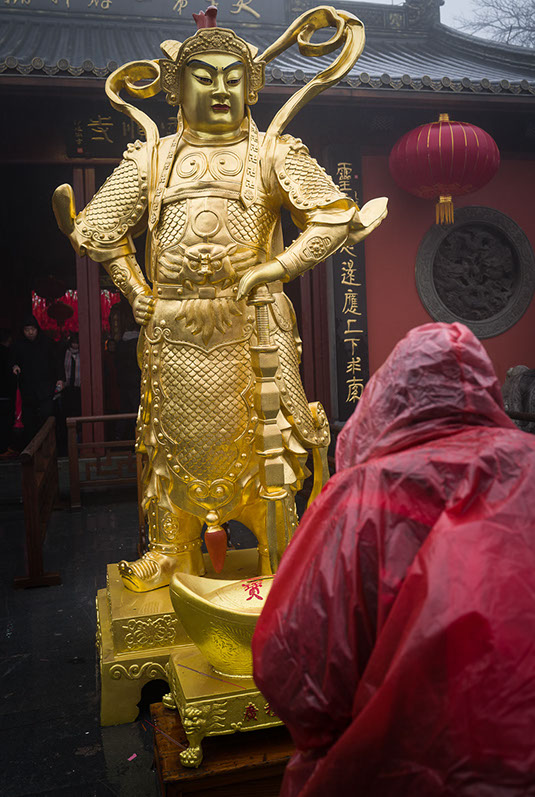
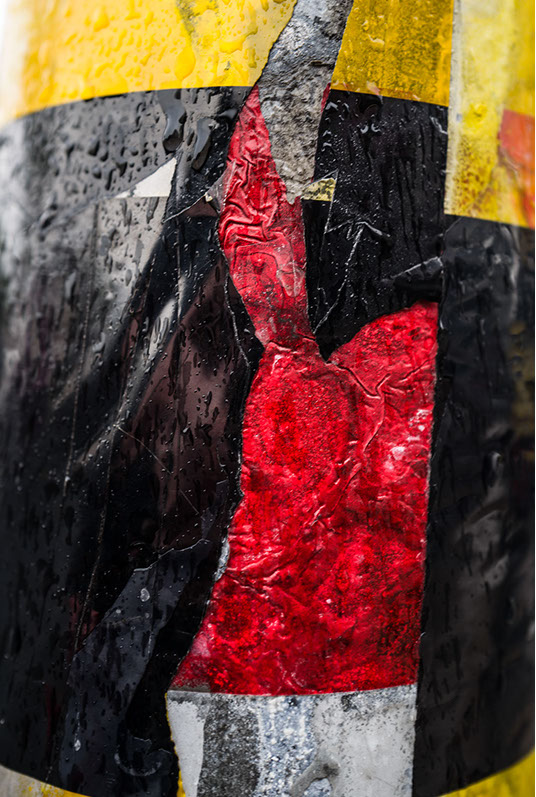
Worship
ISO 100 Leica Q2 f3.5 1/80th
Mystery
ISO 125 Leica Q2 f2.8 1/50th
Monochrome
For shooting on those drab winter English days, with the jpg setting change to high contrast black and white. This really helps to concentrate on composition (rather than colour).
Tracking
With continuous AF and tracking mode enabled for dogs / footballers / birds / grandchildren.
No need to go into specific settings (although I can if anyone is interested), but the point is to have a good starting point for your common photographic situations, and to be able to swap between them quickly and easily
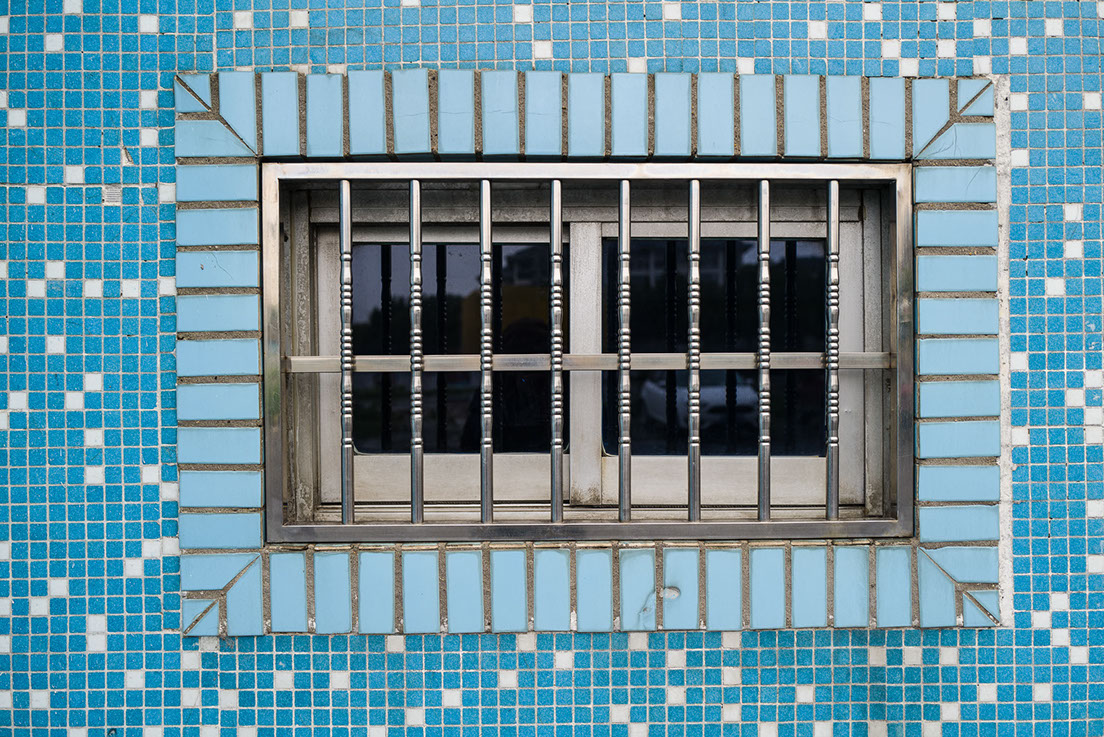
Blue Barred
ISO 100 Leica Q2 f2.8 1/60th
Focusing
If you wish to focus manually you need to push a small indent on the focusing tab on the lens. Manual focusing is very smooth and nicely weighted, and it feels like proper manual focusing, with a proper distance scale, even though it is actually focus by wire. The big, clear EVF makes focusing simple, there are the normal focus assistants:
- Auto Magnification
- Focus Peaking
Having been a great advocate for focus assist, I’ve now had a change of heart, I think that modern, high resolution EVF viewfinders like the Q2 are quite good enough to focus manually, and that focus peaking muddies the water rather than making it easy, and that auto magnification makes composition so much harder. So I turn them off, and I’ve been getting almost all of my manual focused images just right.
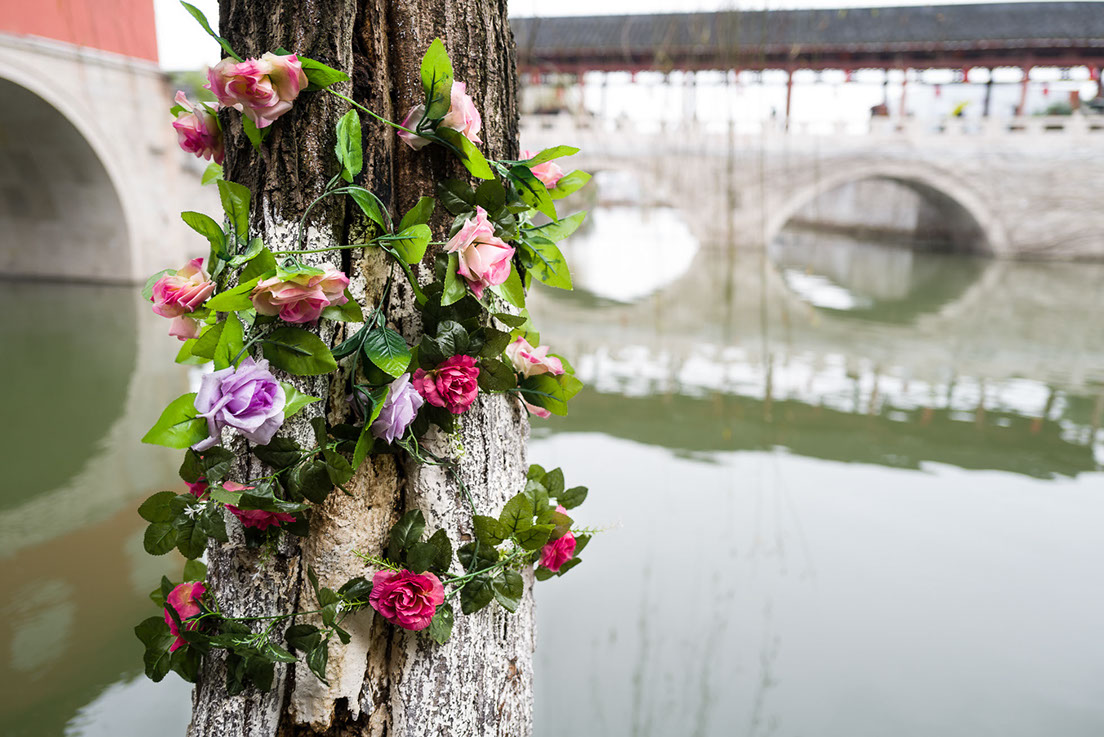
Water Town
ISO 100 Leica Q2 f2.5 1/60th
The Auto focusing options are:
Multi Point
Spot
Field
Tracking
Face Detect
Touch Auto-focus (on the LCD)
I haven’t spent much time with the tracking - it seems a slightly odd option for a 28mm lens. The other options work well, autofocus is very fast and very accurate
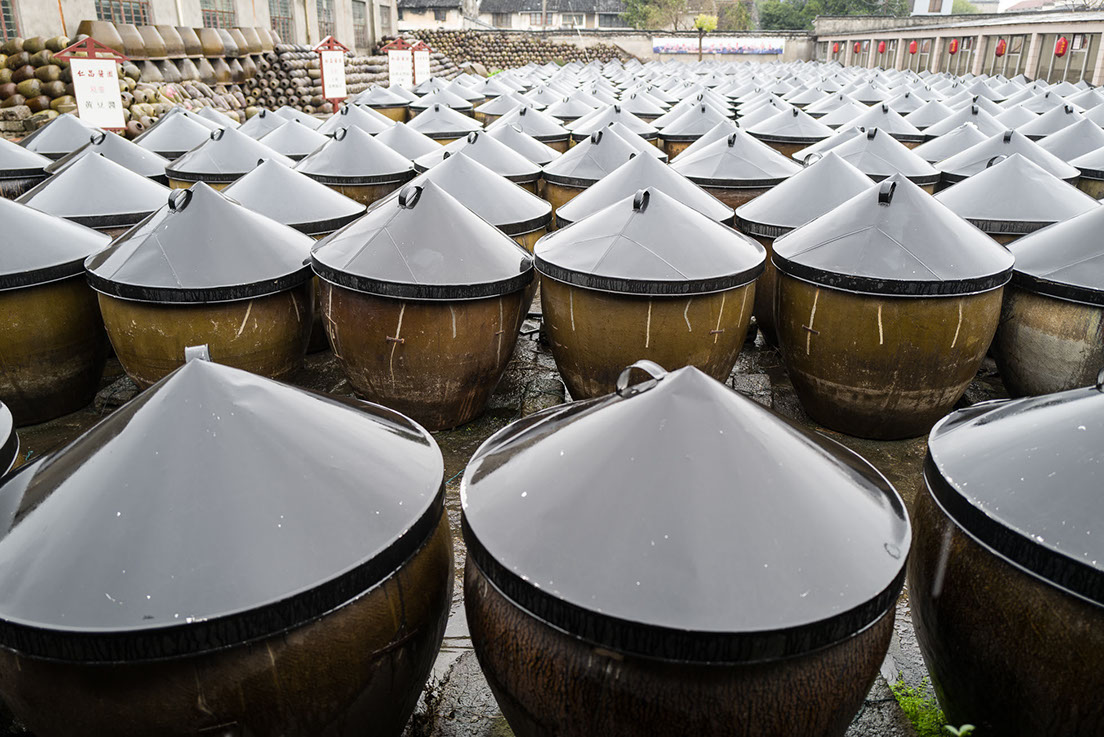
Soy Sauce Factory
ISO 100 Leica Q2 f2.5 1/50th
The Lens and Image Quality
We all know that the Q lens was absolutely good enough for 24mp, but is it good enough for 47.3mp?
Looking through my pictures it seems that it certainly is, I’ve not seen any unsharp images which are not a function of either the photographer or the situation. The lens still has enviable corner to corner sharpness and it’s breathtaking how far one can zoom in and still see detail.
On the other hand, I’ve always felt that 24mp is the sweet spot for digital images, and I’ve not spent a lot of time investigating cameras with higher resolutions. I’m certainly not seeing any of the sort of problems that were reported getting sharp images with other high resolution cameras. Perhaps this is helped by the optical image stabilisation.
The new full frame CMOS sensor promises 47.3 mp resolution from a 50.4 Mp Sensor with 14 stops of dynamic range and a 50-50,000 ISO range. I think that 50 ISO is likely to be a ‘Pull’ as the camera defaults to using 100 ISO as the base with Auto ISO selected.
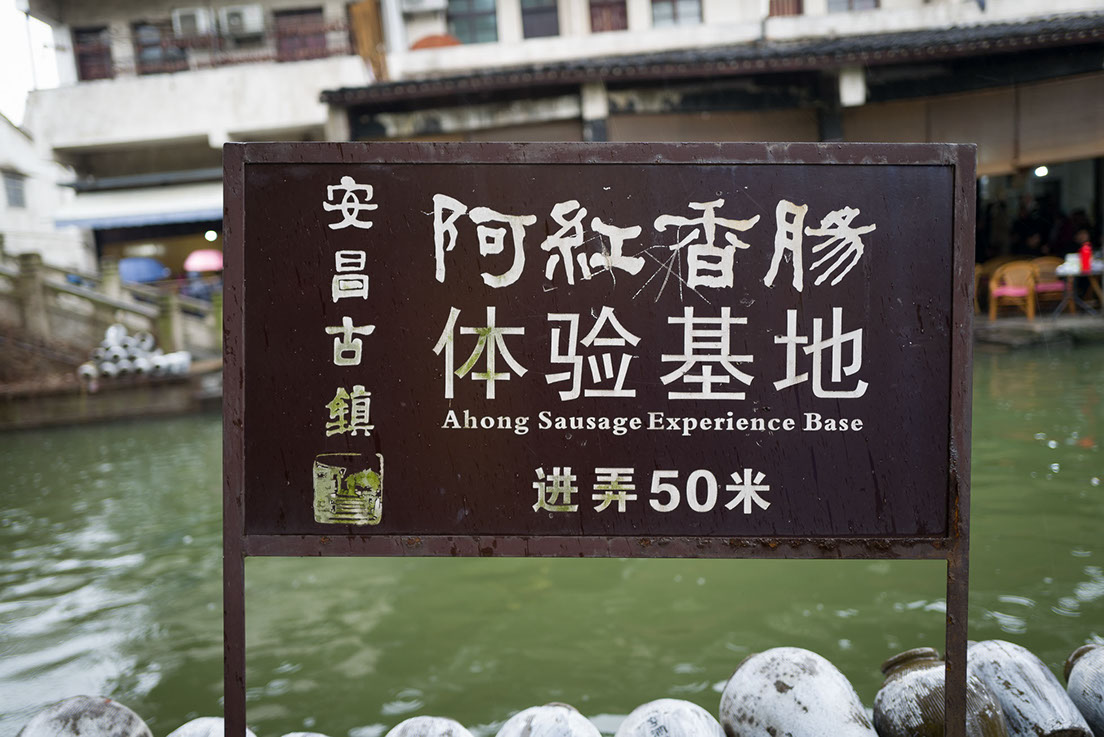
Sausage Experience Base
ISO 100 Leica Q2 f1.8 1/50th
Looking through my images I can see that I did use 6400 and 5000 ISO a few times and the results were fine - a little noise (as you might expect), but good colour representation and perfectly usable.
Unfortunately I did not have an original Q to do a proper comparison between the cameras. If you would like to see some very thorough comparisons, Sean Reid is publishing three articles about the Q2. The first is a full review that includes image quality comparisons between the two cameras at different ISO levels. The second is a formal lens review of the 28 Summilux used on the Q and Q2 and the third is a large field test based on working with the Q2 at Daytona Bike Week. Read them at Reid Reviews.
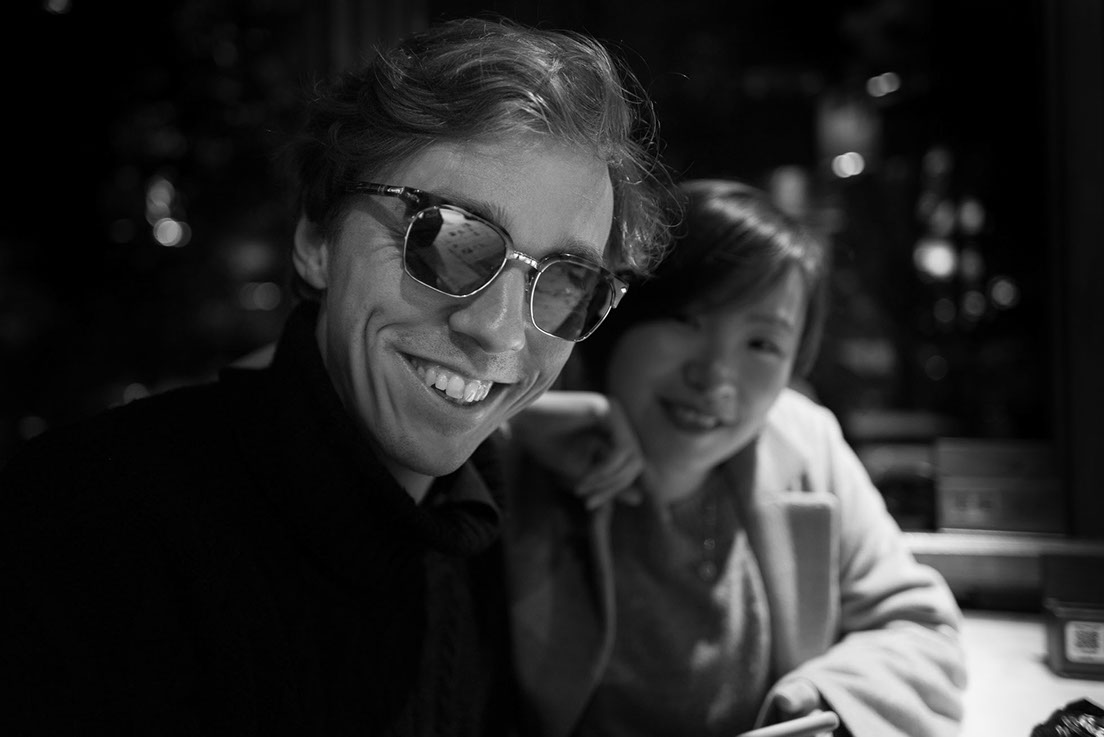
Green Tea Supper
ISO 800 Leica Q2 f1.7 1/50th
Fotos, and the future
Currently I have not been able to use the Q2 with Leica Fotos (it isn’t ready yet), but the camera has both Wifi and Bluetooth, so we can hope for GPS tagging from mobile phones and a front to back workflow with Adobe Lightroom CC.
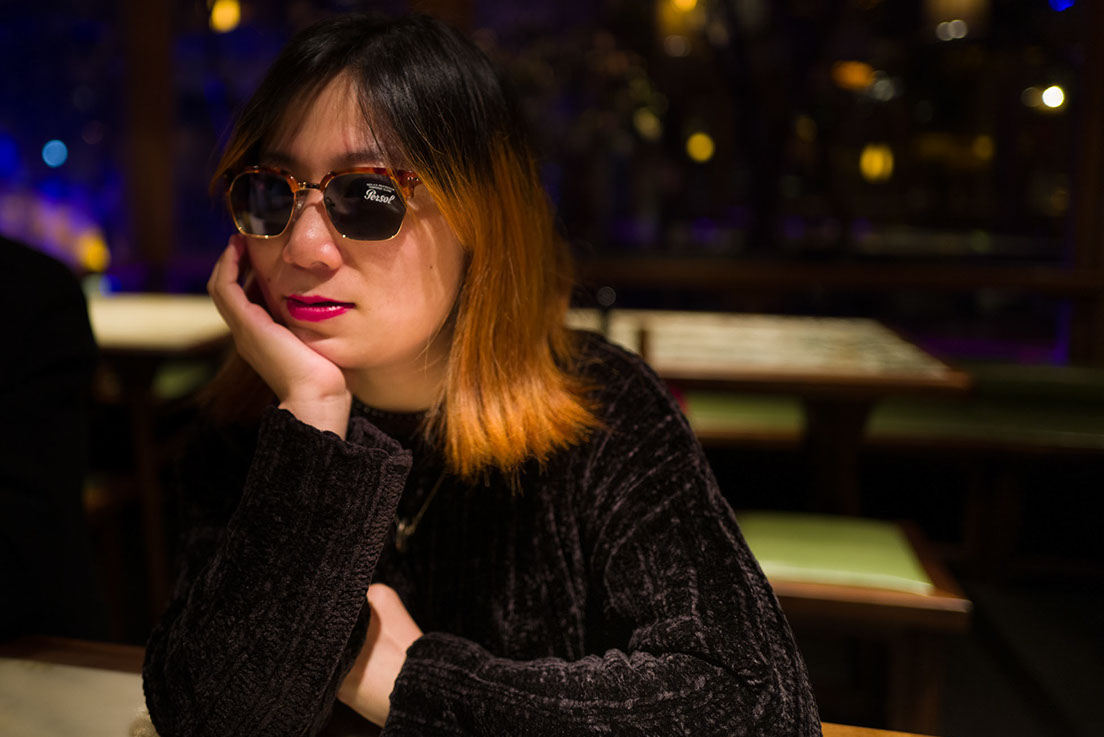
Alice
ISO 500 Leica Q2 f1.7 1/50th
Conclusion
The Q was a brave step for Leica, and was a well deserved success. The Q2 has built on that at every level:
Higher resolution
Faster processing
Better interface
Weather sealing
Viewfinder (EVF)
Bluetooth & Fotos
There are a couple of changes I’d like to see made in a future firmware update, but this camera behaved properly and reliably with beta firmware.
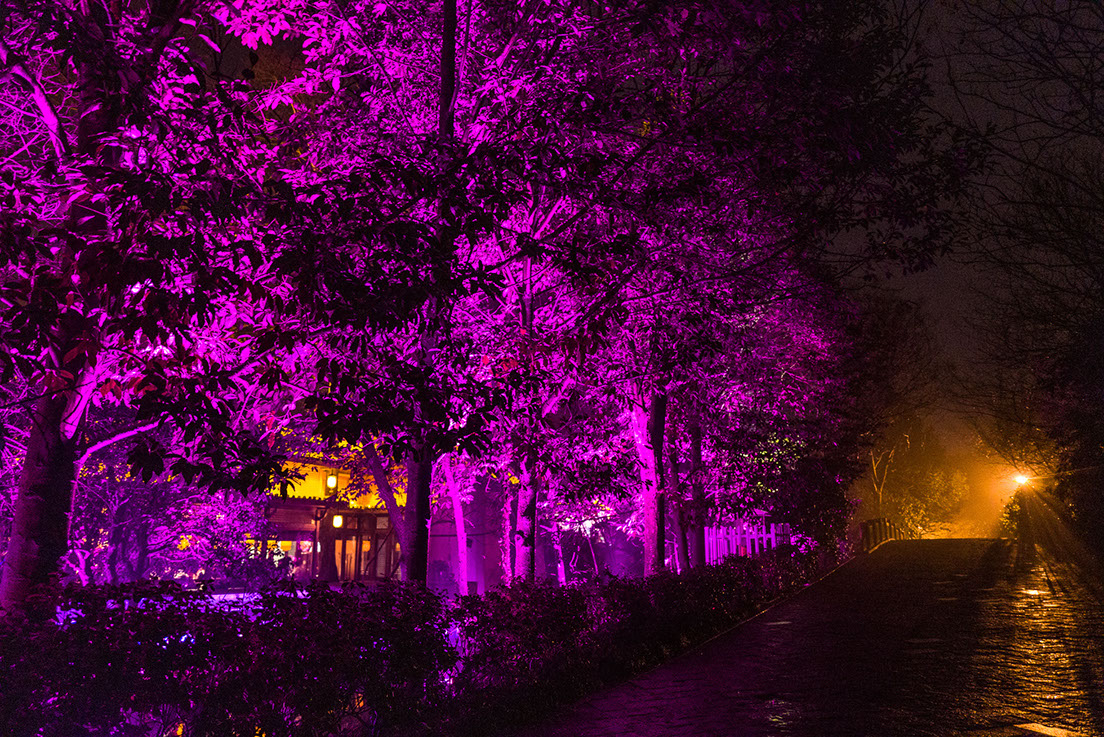
Green Tea Restaurant
ISO 3200 Leica Q2 f1.7 1/50th
The only real competition for the Q2 is the Sony RX1Rii, a 42mp camera announced in 2015 (only 4 or 5 months after the original Q).
The Q2 is capable of making images to compete with many medium format digital cameras, all in a package you can slip into a coat pocket.
Operating the Q2 is a total pleasure, it’s fast and responsive, autofocus is excellent and manual focus smooth and easy to use. High ISO and dynamic range is up there with the best full frame digital cameras and the Electronic viewfinder is a joy to behold. All this available, all in a package which weighs 730gm including the battery.
If you want a small and beautifully made camera, a rewarding shooting experience and peerless results then there really isn’t anything to compete with the Q2.
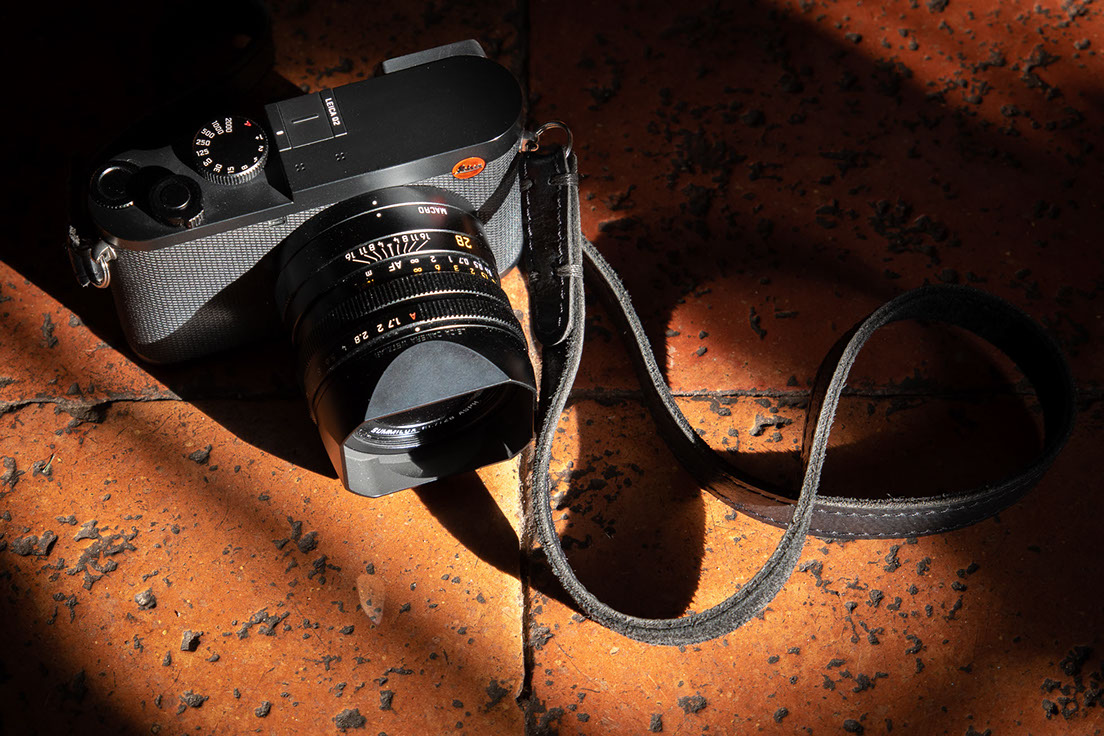
My Well Used Q2 after trips to Cornwall and China
ISO 320 Leica CL f5.2 1/80th
